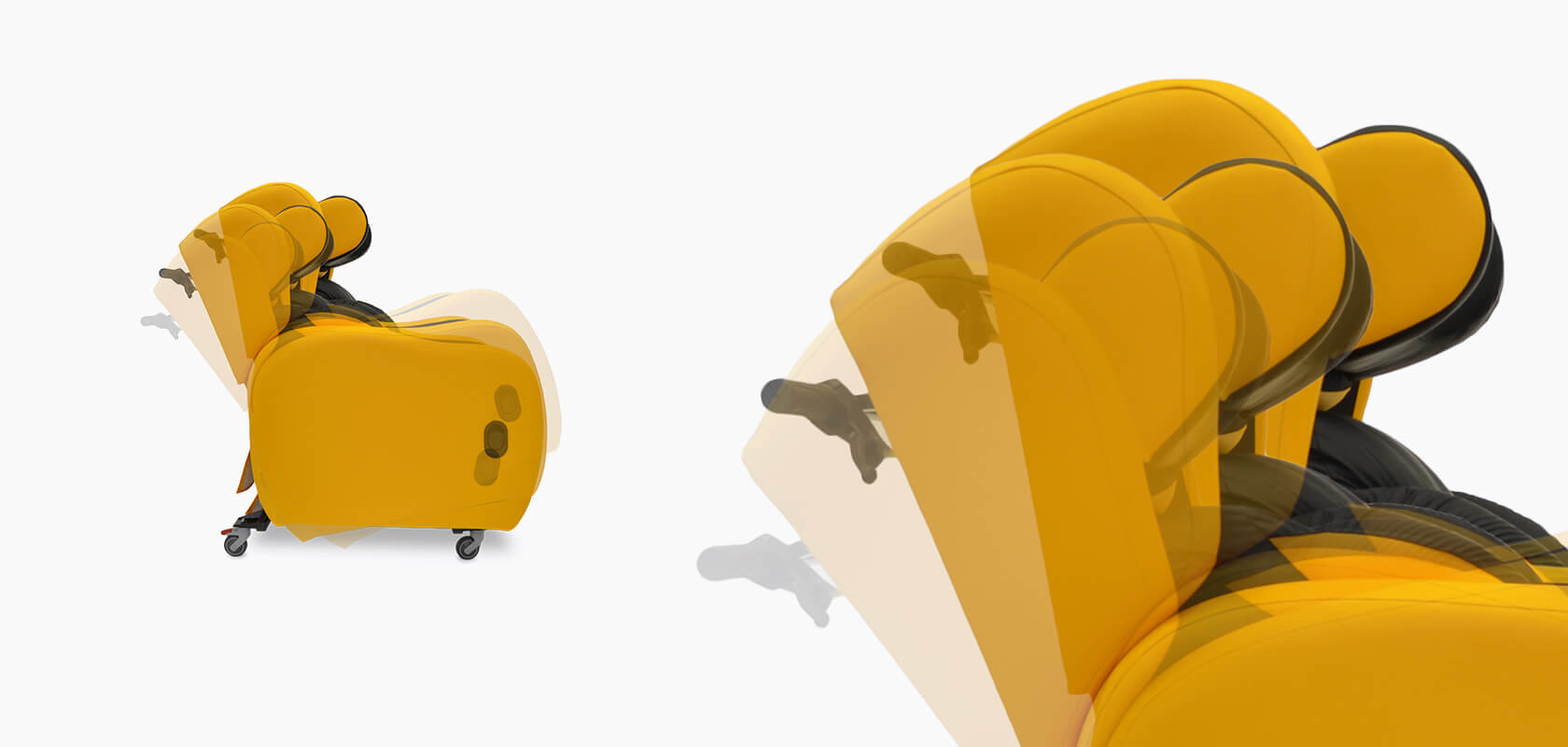
Tilt in Space is a feature of many Recliners and healthcare chairs. The function allows the complete frame of the chair to be reclined as one (as opposed to just the back support tilting backwards and forwards).
This post will outline the main benefits and reasons to use a Tilt in Space model, and suggest some tips for the function’s use.

